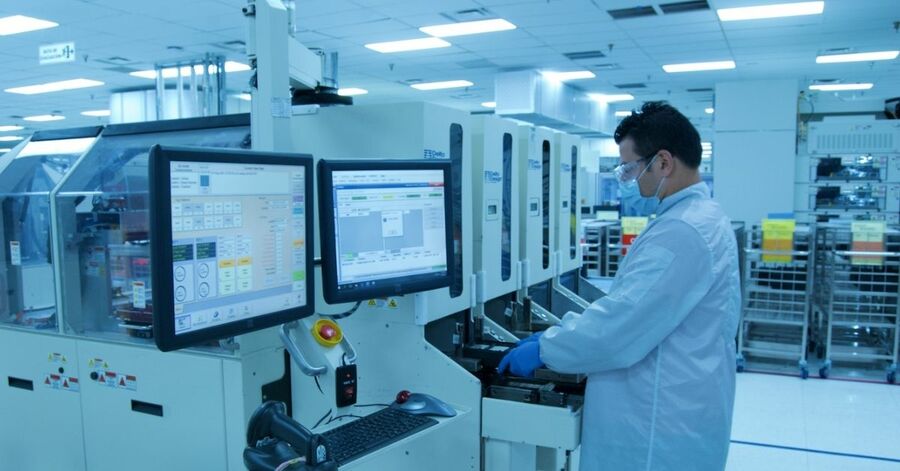In a surprising twist from its 2014 decision to close down assembly operations and cut 1,500 jobs, Intel has revitalized its commitment to Costa Rica, signaling a major shift in the global semiconductor landscape. A decade ago, Intel moved operations from Heredia, Costa Rica, to Asia, but recent geopolitical tensions and strategic shifts have brought them back, turning Costa Rica into a burgeoning hub for semiconductor production.
Costa Rica’s Strategic Pivot in Semiconductor Manufacturing
Costa Rica is making a significant play to become a central hub for the semiconductor industry, driven by the U.S. government’s increased focus on reducing dependency on Asian semiconductor supplies. This strategic pivot is not just about re-shuffling manufacturing geography; it’s about setting the stage for advanced technological development right in the heart of the Americas.
Intel’s Reinvestment and Expansion
Intel’s recommitment involves a substantial $1.2 billion investment into their Costa Rican operations, which now produce half of the company’s global chip output. This move is part of a broader strategy by Costa Rica to attract more high-tech investment and reduce reliance on traditional exports like agriculture.
Educational and Workforce Development
Key to this strategy is Costa Rica’s focus on education and workforce training. The nation is ramping up its educational programs to meet the industry’s demands, aiming to produce a new generation of skilled workers specializing in high-tech manufacturing. Universities are aligning their curricula with industry needs, and new partnerships are being formed to train students in fields critical to semiconductor manufacturing.
Government and Industry Collaboration
The Costa Rican government has rolled out a comprehensive plan to foster the semiconductor industry:
- Development of Talent: Collaborations with universities and technical institutes aim to bolster a workforce ready to tackle the needs of a sophisticated manufacturing sector.
- Regulatory and Policy Support: Efforts to streamline bureaucratic processes and enhance intellectual property protections are making Costa Rica an attractive destination for high-tech industries.
- Strategic Partnerships: Ties with major industry players and the U.S. government are central to Costa Rica’s strategy, ensuring that the small nation plays a big role in the global supply chain of critical technologies.
The Bigger Picture
Costa Rica’s vision extends beyond just reviving its semiconductor sector. The government’s roadmap includes transforming the country into a key player in global high-tech markets, leveraging its geographical and political stability to attract foreign investment. This initiative is part of a larger effort to shift the national economy towards more sustainable and advanced industries.
Challenges and Opportunities
While Costa Rica is positioning itself as a leader in semiconductor production, challenges remain. There is a pressing need to enhance the local educational infrastructure and ensure a steady supply of skilled labor. Additionally, ongoing investment in research and development is crucial to maintain competitiveness in this rapidly evolving industry.
As Costa Rica reinvents its economic landscape to adapt to the demands of modern technology markets, the potential for growth is enormous. With strategic investments, government support, and an educated workforce, Costa Rica is setting itself up as a critical node in the global tech ecosystem, proving that even small nations can have a significant impact on global industries.

